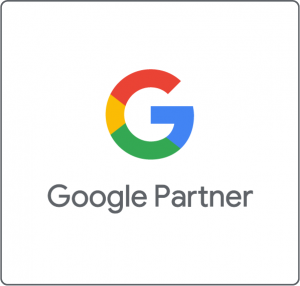 In the not to near past, traditional advertising including broadcast and print reigned supreme and it required the use of a large part the advertising budget. That not the case today. Today is the day of digital advertising . A day where you can now, with a tremendous amount of accuracy measure how advertising is performing and adjust and re-allocate it it with a push of a few buttons.
In the not to near past, traditional advertising including broadcast and print reigned supreme and it required the use of a large part the advertising budget. That not the case today. Today is the day of digital advertising . A day where you can now, with a tremendous amount of accuracy measure how advertising is performing and adjust and re-allocate it it with a push of a few buttons.
This ability to measure and respond has made digital advertising the favorite. Digital advertising in on average 64% of all budgets.
Percolate, recently conducted a survey of over 300 enterprise U.S. CMOs, VPs, and Marketing Directors, to dig a little deeper into the hidden costs of marketing.
SEARCH ADVERTISING
Search Advertising, refers to advertising that appears on results pages (SERP) either in the form of sponsored Ads or organic lists. The goal is to be at the top or near top when a user types a query into a search engine. You will find it referred to as Pay-Per-Click (PPC), search engine optimization (SEO), and more.
On average 12% of the budget is spent on this type of advertising and it can be an extremely effective way of getting your advertising in front of a large audience at various points a searcher’s or buyer’s research and purchase decision journey. Think of it this way, wouldn’t be nice to be in the place or space where someone is looking for what you are selling or offering?
DISPLAY ADVERTISING
Display Advertising can come in several forms, including banner ads, rich media and more. Many consider it a replacement of broadcasting media. Unlike text-based ads (Search Ads – SEO and PPD), display advertising relies on elements such as images, audio and video to communicate message or encourage a “conversion.”
The split between display and search advertising is very minimal with an average spend of 13%. Often used together, search being preferred as a ‘pull’ method, compared to the ‘push’ approach of display advertising.
Display ads are also preferred if you’re trying increase brand awareness, by getting in front of potential customer that don’t yet know your brand.
PROGRAMMATIC ADVERTISING
This is a very fast growing segment in advertising, spend on programmatic is expected increase over the coming years, due to the immediacy and relevancy it can show ads.
Programmatic advertising comes in many forms including concepts of personalization and automation and, in turn, coupled with automated bidding on advertising inventory in real time, for the opportunity to show an ad to a specific customer, in a specific context.
WEBSITE & E-COMMERCE
Website and E-commerce, refers to the time and money spent creating the online presence that is your website. The costs referred to here are more often than not maintenance costs, but can also refer to onsite SEO, in a bid to increase your organic google rankings.
The importance of having a great looking, functional site which conveys your brand’s personality across, is paramount. Which is perhaps why it doesn’t come cheap. At 15% of the average advertising spend, it’s obvious companies view it as being particularly important.
After all, it is often the first port-of-call for any would-be customers.
SOCIAL
Social Network Advertising is the use of social medias, such as Twitter, Facebook, Instagram, Pinterest, LinkedIn and Tumblr etc, to put advertisers content in front of a highly targeted demographic relative to a specific context or conversation. This can be in the form of a sponsored post, rich text, banner adverts, private messages or simply posting an update themselves.
As social networks are developing greater way of segmenting and targeting their users, advertisers are preparing to spend more and more, in order to get their product or service in front of potential customers.



